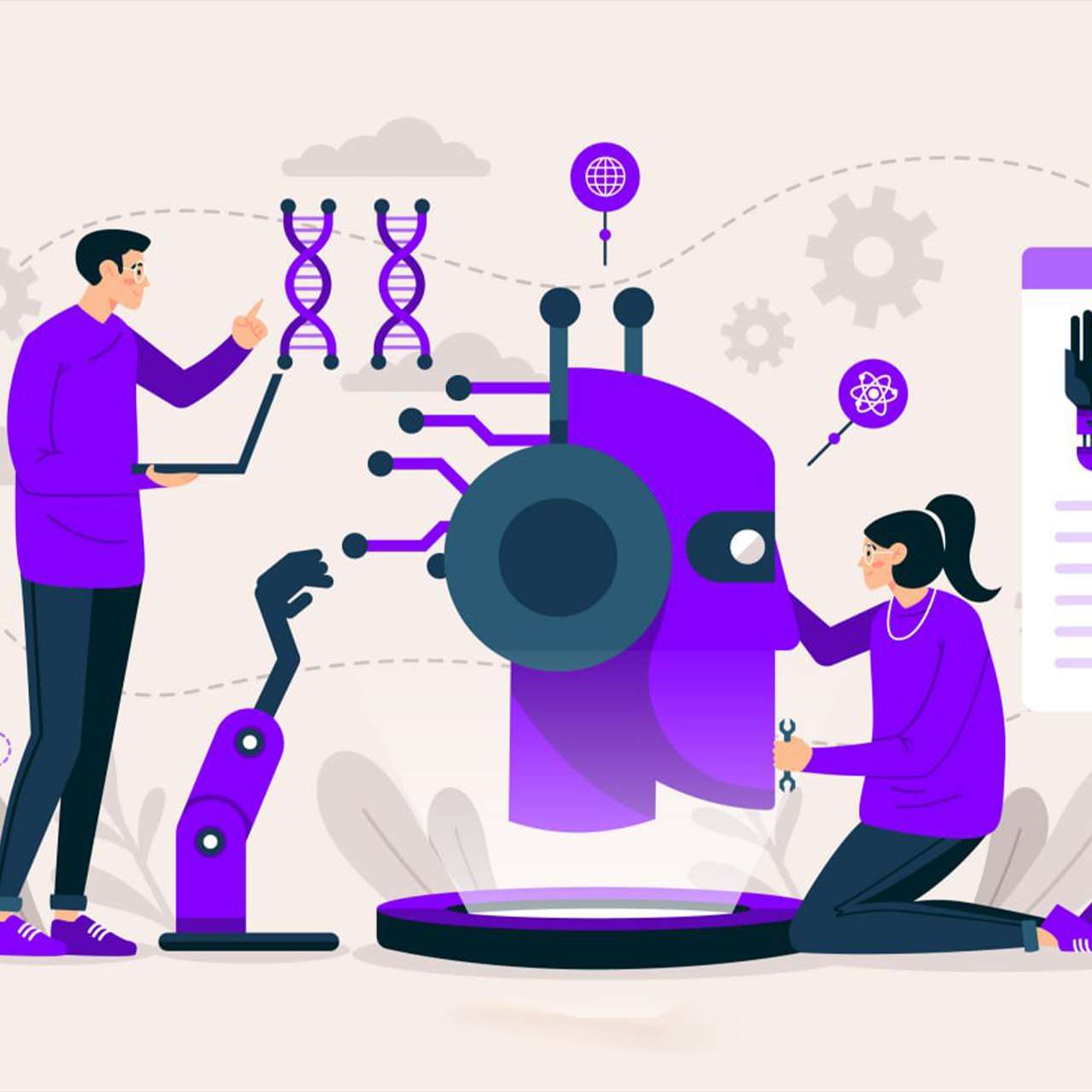
- January 21, 2021
- radars
- 0
Revolutionizing Robotics: Exploring New Technological Frontiers
It delves into the cutting-edge advancements and innovations reshaping the field of robotics. It explores emerging technologies such as artificial intelligence, machine learning, and advanced sensors, which are revolutionizing how robots perceive and interact with the world. This exploration includes discussions on applications spanning from autonomous vehicles and industrial automation to healthcare and space exploration, showcasing the transformative potential of robotics in various domains.
“Robotics and artificial intelligence will play an increasingly crucial role in our society, revolutionizing industries and reshaping the way we live and work. As we explore new technological frontiers, we must ensure that these advancements are guided by ethical principles and used to enhance human potential.”
Satya Nadella, CEO of Microsoft
How It Works?
The current state of robotics is marked by unprecedented advancements across various industries, revolutionizing the way tasks are performed and reshaping traditional workflows. In manufacturing, robots have become integral for automating repetitive and hazardous tasks, leading to increased efficiency, precision, and cost savings. In logistics and warehousing, autonomous robots streamline operations by optimizing inventory management and accelerating order fulfillment processes. The healthcare sector benefits from robotic surgery systems that enhance surgical precision and minimize invasiveness, while service robots assist with patient care and rehabilitation. Agriculture sees the integration of drones and autonomous vehicles for precision farming, improving crop yield and resource utilization.
- Advanced Sensors and Perception: Explore the role of advanced sensors such as LiDAR, cameras, and RADAR in enhancing robotic perception.
- Artificial Intelligence and Machine Learning:Explain the integration of AI and machine learning algorithms in robotics.
- Human-Robot Interaction:Examine advancements in human-robot interaction technologies, including natural language processing and gesture recognition.
- Soft Robotics and Bio-inspired Design:Introduce the concept of soft robotics and its applications in creating more flexible and adaptable robots.
- Autonomous Navigation and Mobility:Highlight developments in autonomous navigation algorithms and technologies such as simultaneous localization and mapping (SLAM).
- Robotics in Healthcare and Assistive Technologies:Showcase the role of robotics in revolutionizing healthcare delivery and assistive technologies for people with disabilities.
- Ethical and Societal Implications:Address ethical considerations surrounding the use of robots, including privacy, job displacement, and bias.
- Future Trends and Challenges:Speculate on future trends in robotics, such as the integration of robotics with other emerging technologies like nanotechnology and quantum computing.
Furthermore, robots are increasingly utilized in hazardous environments such as mining, exploration, and disaster response, mitigating risks to human workers. Overall, the widespread adoption of robotics underscores its profound impact on industries, driving innovation, productivity, and safety.

Advantages of Robotics

Innovation Catalyst
By exploring new technological frontiers, this initiative drives innovation within the field of robotics. It encourages researchers, engineers, and developers to think outside the box, leading to the creation of groundbreaking solutions and technologies. This innovation catalyst effect can result in advancements that revolutionize various industries, from manufacturing to healthcare.

Enhanced Efficiency and Productivity
The advancements resulting from this exploration can lead to robots that are more efficient, capable, and adaptable. These robots can automate tasks with greater precision and speed, thereby enhancing productivity across different sectors. Whether it's streamlining manufacturing processes or optimizing logistics operations, enhanced robotics technology can significantly improve efficiency.

Expanded Applications
By pushing technological frontiers, new possibilities emerge for the application of robotics in diverse fields. Beyond traditional applications like manufacturing and assembly, advancements may open doors for robotics in areas such as healthcare, agriculture, disaster response, and exploration. This expansion of applications can lead to solutions for previously unsolvable problems and improve the quality of life for people worldwide.

Competitive Advantage
Organizations and nations investing in revolutionizing robotics gain a competitive edge in the global market. They can lead the development of cutting-edge technologies, attract top talent, and establish themselves as leaders in emerging industries. This advantage not only drives economic growth but also fosters technological leadership, positioning them at the forefront of the next wave of industrial and societal transformation.
Disadvantages of Robotics

Ethical Concerns
As robotics advances, questions arise regarding their impact on employment, privacy, and autonomy. Increased automation may lead to job displacement. Privacy breaches could occur with widespread use of surveillance robots. Autonomous robots raise ethical dilemmas regarding decision-making and accountability.

Safety Risks
Despite advancements, robots can still malfunction, posing risks to humans and property. Autonomous robots may make errors in complex environments. Additionally, malicious actors could exploit vulnerabilities in robotic systems, leading to physical harm or data breaches.

Cost and Accessibility
Cutting-edge robotics technology often comes with high costs, limiting accessibility for smaller organizations or developing countries. Maintenance and upgrading expenses can also be substantial. This can exacerbate societal inequalities by restricting access to the benefits of robotics advancements.
